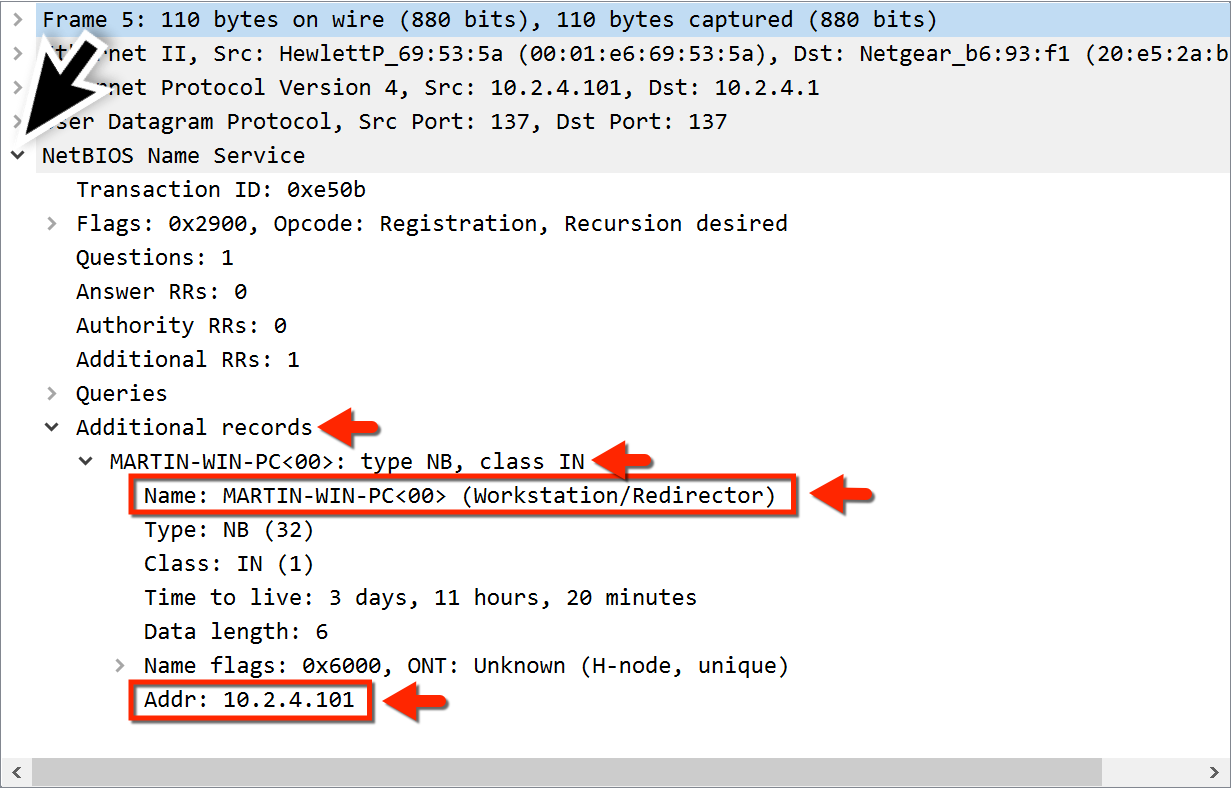

So what makes the fact that systems are broadcasting NBNS and/or LLMNR protocols a vulnerability? Both NBNS and LLMNR are legacy protocols that primarily enable name resolution between hosts in a broadcast domain.

To search for a specific protocol, you can type the protocol acronym in the search bar at the top of the screen. After installing Wireshark and monitoring on the existing network interface, you should see a lot of packets scrolling through. This requires network-level (Layer 2) access and can be monitored by using a packet sniffing tool such as Wireshark. The first testing activity for an internal pentest is very often to monitor for these two protocols on the network. For each of these issues, we will explain how to test for the vulnerabilities using open source tools and outline steps to remediate the vulnerabilities. Server Message Block (SMB) signing not requiredįixes for these issues generally require a Group Policy Object (GPO) to be pushed to the domain and may sometimes require the system to be restarted.NetBIOS Name Service (NBNS) and Link-Local Multicast Name Resolution (LLMNR) protocols in use.In this three part series, we will discuss the three most common Active Directory vulnerabilities we see when testing a client for the first time: The intent of this post is to provide a list of warm-up exercises that will remove some of the lowest hanging fruits from your Active Directory environment. Is your first penetration test around the corner? Active Directory is a prime target for internal pentests and is commonly misconfigured.


 0 kommentar(er)
0 kommentar(er)
